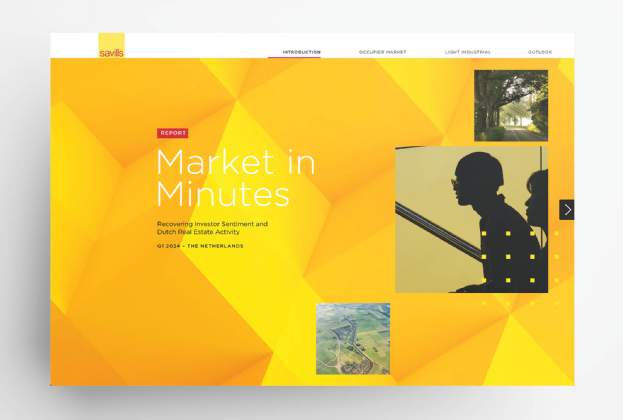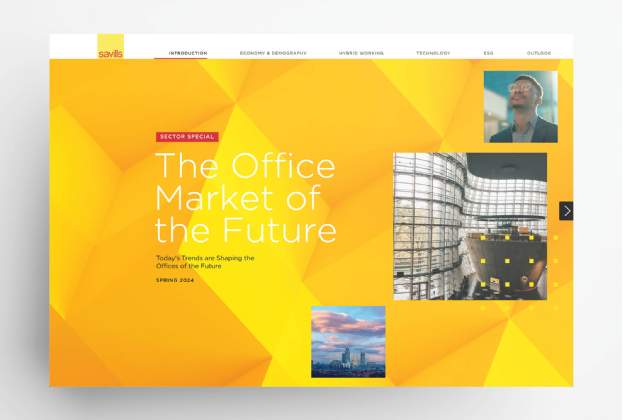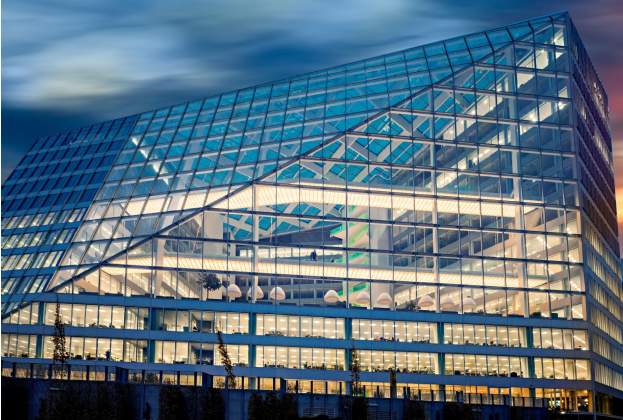NO STONE UNTURNED: 'WHAT IS CURRENTLY ENERGY LABEL C IN THE NETHERLANDS WILL SOON BE LABEL E'
EPBD introduces uniform labelling in Europe
A big change is coming when it comes to energy labels. It will have a major impact on the real estate market in the Netherlands, especially on the office market. While an energy level C label is still currently sufficient to comply with legislation, in a few years that same building would receive a much lower label.
Under EU rules, energy labels are changing. 'The biggest change is that A+ to A++++ will disappear,' says ESG consultant Bart Oosterhuis of Savills in the Netherlands. Offices that currently have such a label will be re-labelled A, B or C in the future. What is currently labelled C will become label E. Only the most energy-neutral buildings will still receive label A.
Since 1 January this year Dutch offices must have at least a C rating. However, in a few years that will no longer be enough. 'You can no longer be satisfied with label C,' warns ESG advisor Iris Kampers of Savills in the Netherlands. 'Look at your portfolio and filter out all the buildings with an A label. Those are safe. For everything below that, see what adjustments you will need to make.'
Those changes can already be ‘small’ things, such as biophilic design; designing according to the laws of nature. 'Working with organic forms, natural materials and green roofs. That can have a big impact on things that also have to do with climate, such as heat stress.'
Not just electrifying
Kampers believes that the current focus, including from the government, is still too often on the use of electricity. "We should really try to be carbon-neutral by 2050. We can already see that there is a strong preference for electrification to get us there. However, there will come a time when we no longer have enough power for all those electrified buildings and transportation. If you want everyone to use electricity, you have to adapt the grid.'
'We are very entrepreneurial in the Netherlands, but entrepreneurs who want to try it differently can't get a permit because it doesn't fit the way the government wants it.' According to Kampers, we need to take a broader approach, including the use of building materials and water, and thus biophilic design.
'Broaden your horizon,' Oosterhuis advises. 'Use 2050 as a guideline, but don't stop there.' So don't do what the government demands, but what is good for the climate. Then you'll always be in the right place. 'Look where you need to go and include it in your planning. And take responsibility.'
.jpg)
.jpg)
.jpg)
.jpg)
.jpg)
.jpg)

.jpg)


.jpg)